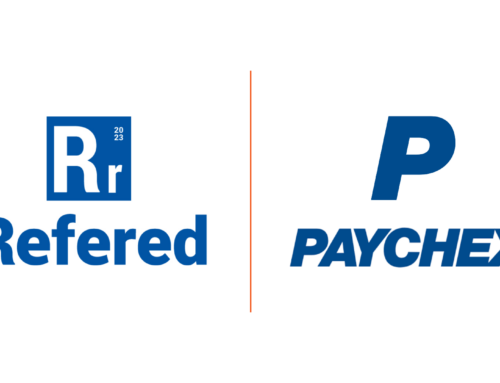Employee turnover costs, while a common aspect of business, often carry hidden costs that extend beyond the initial recruitment and training expenses. Here are the multifaceted costs associated with employee turnover, which can help shed light on both the financial and time-related implications.
The Financial Costs of Employee Turnover
The financial employee turnover costs extend far beyond the line items in your budget. When an employee leaves, direct expenses include recruitment efforts, job postings, background checks, and onboarding costs. But there are also indirect costs, such as lost productivity during the transition period and the impact on team morale.
Replacing an employee can be expensive, with estimates indicating that the cost of hiring a new employee can range from 1.5 to 2.5 times their annual salary. These expenses can quickly add up, making it essential to prioritize employee retention.
The Time Cost of Employee Turnover
Time is a precious resource in any business. Employee turnover consumes valuable time at various stages, from the moment the position becomes vacant to the point when the new hire is fully onboarded and functioning at peak productivity. During this time, other team members may need to take on additional responsibilities, impacting their own efficiency.
Moreover, the time cost extends to the recruitment process, including writing job descriptions, conducting interviews, and checking references. All these activities divert time and attention away from other critical tasks that contribute to your organization’s success.
The High Cost of Training Replacement Employees
Training replacement employees can be a significant drain on both time and money. New hires require time to acclimate to their roles and become fully productive. This can lead to decreased team productivity and, in some cases, lower quality output during the training period.
Additionally, the costs associated with training, which include materials, trainer salaries, and the use of resources, can further strain your budget. The time and financial investment required to get a replacement employee up to speed can be substantial, making it crucial to retain valuable talent.
Understanding the true employee turnover costs goes beyond monetary considerations. It encompasses both the financial expenses of recruitment and training and the time-related costs associated with lost productivity and team disruption. By recognizing the multifaceted implications of employee turnover, businesses can take proactive steps to reduce turnover rates and invest in employee retention strategies. Contact Refered for employee retention strategies to help you avoid costly employee turnover.





